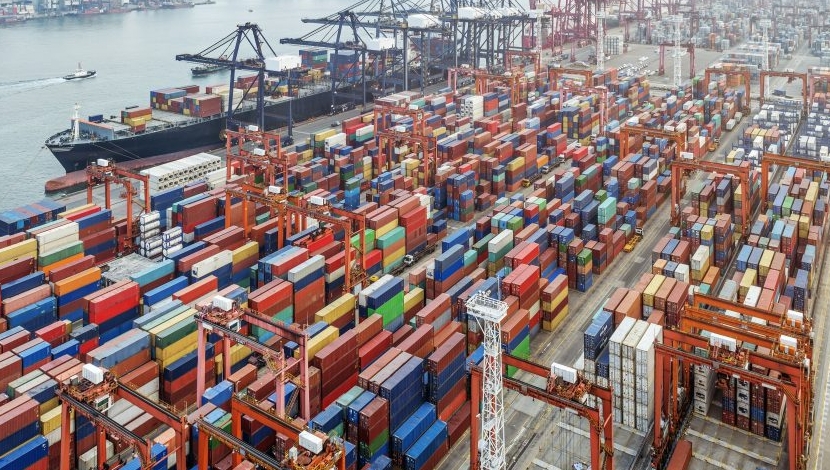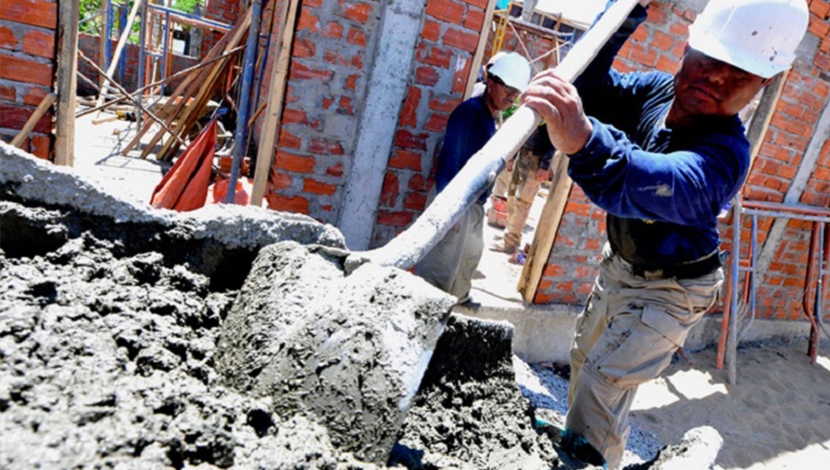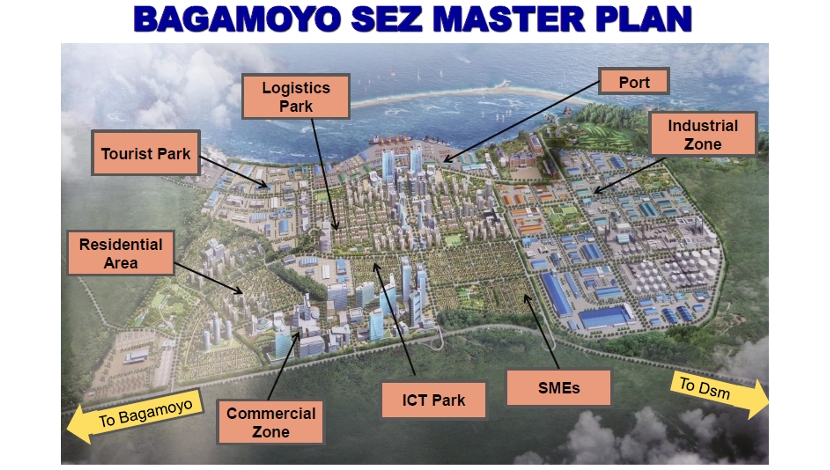

On Wednesday, ARM Cement posted a net loss of $28 million for the year ended December 2016. The firm, East Africa’s second-biggest cement producer with operations in Tanzania, saw revenue drop to $127.9 million compared with $147.3 million the previous year. The dip was blamed on increased competition and lower cement prices in Tanzania.
“While electricity supply normalised, the government ban on coal imports in favour of local procurement increased manufacturing costs and impacted negatively on capacity utilisation of the 4,000 tpd clinker plant at Tanga due to chronic undersupply,” ARM said.
Dangote Cement’s entry into Tanzania with discounted pricing (20-40% cheaper) unsettled the large cement players, stiffening competition and cutting margins in the local and regional cement market.
Dangote has since garnered a 23% market share and seen revenue from its East and Southern African investments rise from $54.5 million in 2015 to $82.2 million in the last six months of 2016 supported by its Ethiopia and Tanzania operations, driving the combined regional profit to $3.43 million.
Other firms operating in Tanzania also saw their margins drop as a result of the price wars and overcapacity. Tanzania Portland Cement saw its profits decline by 29% due to revenue decline and assets impairment.
Tanga Cement Company Ltd saw its net profit halved to $1.85 million from $3.63 million a year earlier.
Kenya proved to be ARM’s saving grace, buoyed by a rise in construction and housing growth, that saw production and sales volumes go up 10% even as prices remained stable.
Bamburi, the region’s largest cement firm, and part of the Lafarge Group saw its margins for last year remain flat. Turnover dipped from $392 million the previous year to $380 million in 2016 but added that mega infrastructure projects in Rwanda and Uganda lifted its sales.
Despite the bleak outlook, some of the firms are still pushing on with expansion plans even at the risk of having idle capacity as volumes decline. Currently, the estimated plant utilisation rate is 61.7%. However, Dyer & Blair Investment Bank predicts that this will fall to 45.4% by the end of next year.
This effectively casts doubt about the effectiveness of these expansions. Kenya accounts for 53.2% of the 21.1 million-tonne installed capacity in East Africa.
Tanzania has an annual installed capacity of 8.3 million tonnes against the current annual demand of 4.3 million tonnes.
ARM said it is contemplating completion of its Athi River grinding plant expansion. It is expected to increase its Kenya capacity by 650,000 tonnes a year. Bamburi has also talked of plans to increase capacity in Uganda and Kenya in projects that will be completed next year.
It has already announced a $9.02 million expansion of its Nairobi plant that should see it double its capacity to 2.3 million tonnes annually.
Dangote Cement on the other hand has pushed back its entry into Kenya to 2021, while it reviews its manufacturing plan to build two plants in the country instead of one but with a capacity of three million tonnes of cement per annum.





